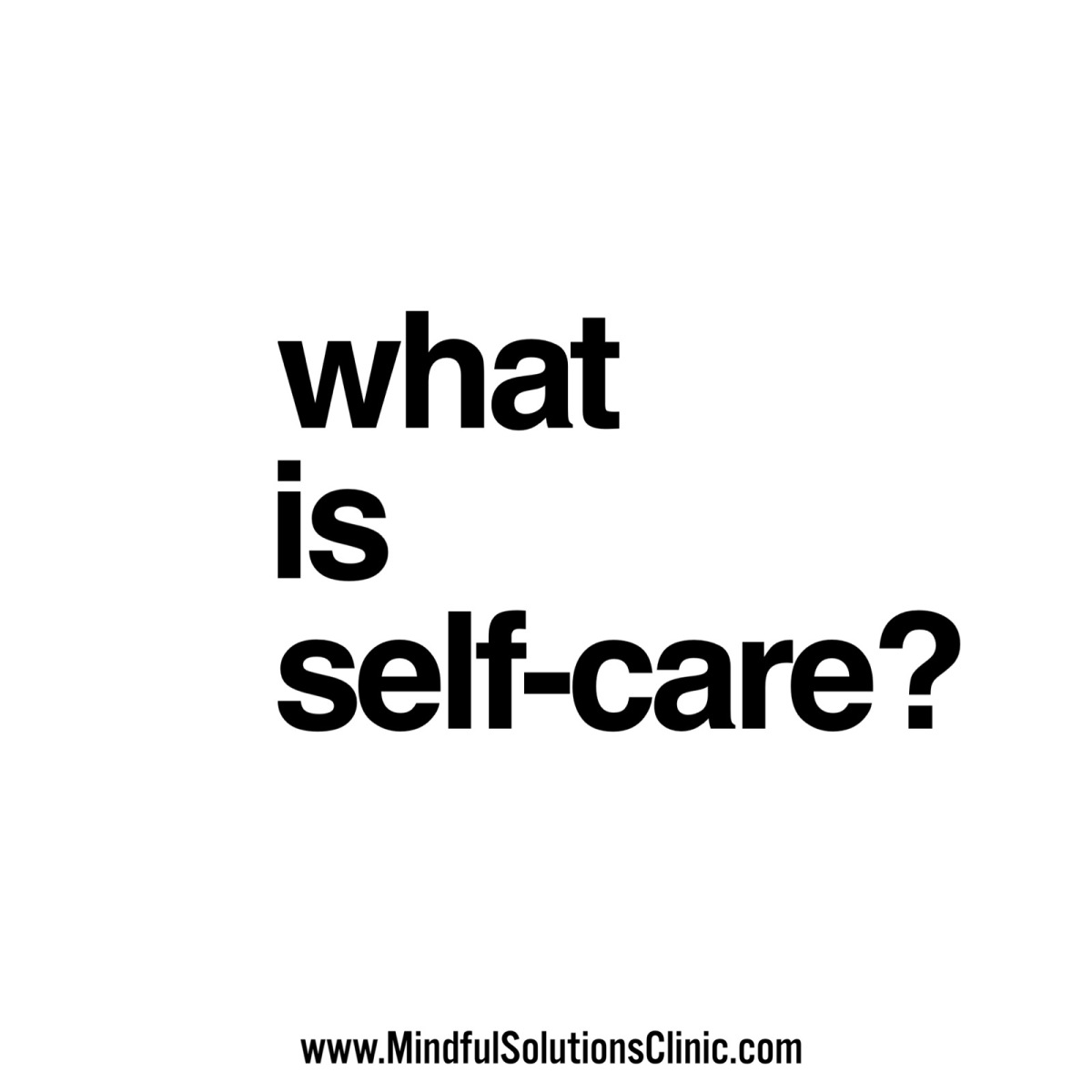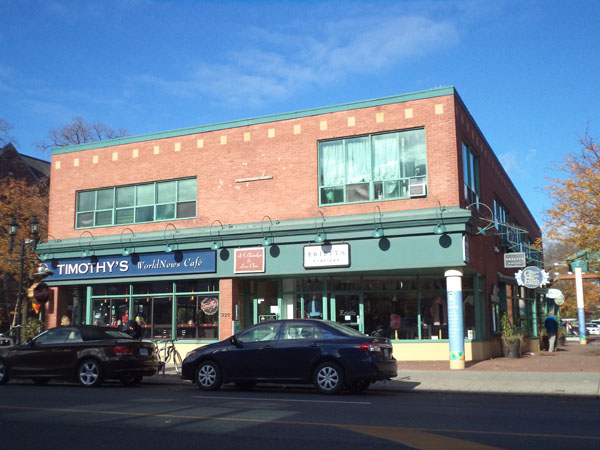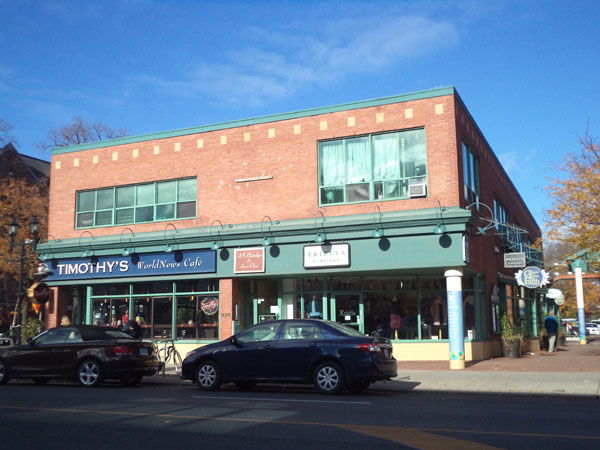So here we are, in the new year, which is always a great time of year to develop good, new habits or to deepen old ones.
Today’s blog post is about the benefits of regular journaling.
Who among us used to keep a diary when we were younger?
I know I’ve been a lifelong journaler; I started the habit pretty much as soon as I learned to write full sentences! I must have filled up dozens and dozens of old diaries over the years because I intuitively understood journals as the powerful tools they are to help me understand my struggles and fears without judgment or punishment. I remember how good it felt to release all of those thoughts and feelings, and to write out my deepest, most personal hopes and dreams, getting them out of my head and down onto paper. My world somehow seemed clearer after journaling.
But then adulthood rolled around… and my journaling stopped being as prolific as it used to be. Like so many adults, I too can get caught up in the busyness of day-to-day life. Adulting is hard, y’all! I know I’m not alone on this because I hear it often from my clients too.
But… it’s such a shame that so many of us have stopped keeping regular journals!
One of the very first things I do with all my clients as soon as I start working with them is to encourage them to get back to a regular journaling practice as a supplemental support to our work together. Keeping a regular diary is a great way to develop self-reflection and self- compassion. It helps us to understand our shadow selves, our triggers, our deepest dreams… In my years of working one-on-one with clients in private practice, I’ve noticed that those who regularly write in their journals are the ones who more often than not get the clarity they’re seeking much sooner. And as a result, they are usually the ones who “graduate” from therapy a LOT sooner. Positive outcomes are more easily attained, and at a much more rapid pace. WHY? It’s simple. Writing down our thoughts and feelings helps us understand them more clearly. It helps us notice our limiting beliefs and our dysfunctional coping mechanisms. It helps us get in touch with our core values – what really matters to us, what we want more of. It propels us forward.
So… if you struggle with stress, depression, or anxiety, or even if you’re just feeling STUCK (don’t we all at times?!), keeping a journal is a great idea. It can help you gain control of your emotions, improve your mental health, and gain CLARITY on your life. Journalling can help you prioritize any problems, fear and concerns. It can help you track your day to day thoughts and feelings, and can also provide you with a great opportunity to practice positive self-talk and affirmations.
So… journaling is a pretty simple but powerful tool to help develop a healthy lifestyle for better managing stress, anxiety, and mental health & wellness. It’s an incredible tool to help you cultivate a more MINDFUL life. And when I talk of an overall healthy lifestyle that includes journaling, I’m also talking about things like
- Lowering your stress levels
- Eating a healthy, balanced, nutrient-rich diet
- Exercising regularly, preferably outside, in nature while absorbing the sun’s healing Vitamin D
- Meditating each day
- Getting plenty of sleep each night
- Reducing (or ideally abstaining) from alcohol and drugs
Whenever I’ve recommended journaling to my clients, I’ve sometimes been met with resistance from them.
“But it’s so time-consuming, Sandy”…. “I have no time.”… “I’m MUCH too busy for that.”
“I would have no idea what to even write in my journal.”
“The blank pages overwhelm me.”
“I have too many thoughts in my head, and I can’t possibly discern which ones are important enough to capture and which ones are just… noise in my head.”
Clearly, we seem to have collectively embraced the “I’m much too busy” lament. Sure, life is busy with work/school, childcare, eldercare, paying the bills, cleaning the house, doing laundry, cooking, etc. But journaling doesn’t have to be a long, time-consuming process. Some days, I will jot down some stream of consciousness notes as they pop into my head in under 5 minutes, in point form, on the Notes app in my phone. Other days, as time allows, the entries will be deeper and more fleshed out, and handwritten in a journal. I’ve also noticed the best time for me to journal is first thing in the morning, immediately after having meditated. I got into this habit years ago, after having read Julia Cameron’s wonderous The Artist’s Way, in which she describes the importance of what she calls Morning Pages.
My point is, journaling doesn’t have to take hours and hours to be effective. We can help ourselves by trading out some of our mind-numbing Netflix time with some important self-care time that actually helps us connect more deeply with ourselves and our values.
As for the excuse of “I don’t know what to write about”… That’s a pretty valid concern too, especially if you’re a journaling newbie or somebody who hasn’t engaged in this practice in a long time… which is why I’ve recently published a colourful journal with over 80 powerful coaching prompts to help you get in touch with yourself and live a more mindful life. And I’ve since I’ve always understood the deep connection between creative expression and self-reflection, I’ve included a sampling of some mandalas that I’ve drawn over the year, which you can colour in, if you like. There are also plenty of blank pages on which you can create your own artwork to help get your creativity and self-reflection juices flowing.
The book is available for purchase at most major online retailers like Amazon, etc. But I’ll let you in on a little secret… It’s also available to preview and buy at a lower price, direct from the publisher, below. I would love for you to have a look, buy it, and to share it with your circles to help me spread the word. And please tell me how you like using it, if you do decide to purchase it!

My Mindful Life Journal by Sandy Kiaizadeh. Click on this photo to preview and purchase this book direct from the publisher.
You know, keeping a journal can help you create order when your world feels like it’s in chaos. Using a journal like this one will help you get to know yourself by revealing your most private fears, dreams, thoughts, and feelings. I encourage you to look at your writing time as personal relaxation time. Remember that it’s a meditative process that can help you de-stress and wind down.
I invite you to get into the habit of journaling again. Make self-care an important part of your 2020. Make the practice of journaling a special time to reconnect with yourself, by creating a ritual around it… maybe writing in a place that’s relaxing and soothing, or maybe combining it with another mindful ritual, like tea time. Ultimately though, look forward to your journaling time, and know that you’re doing something good for your mind, body and spirit.
 Here’s another guided meditation for you!
Here’s another guided meditation for you! Here is a brand new guided audio meditation that can help those of you who are dealing with physical or emotional pain. Hope you enjoy it!
Here is a brand new guided audio meditation that can help those of you who are dealing with physical or emotional pain. Hope you enjoy it!

 I often get asked by clients what this idea of “self-care” really looks like, practically speaking. It seems like we’re bombarded with this expression everywhere we look, especially on our social media feeds. Here are my thoughts on self-care, as well as some quick tips you can use today to begin practising good self-care.
I often get asked by clients what this idea of “self-care” really looks like, practically speaking. It seems like we’re bombarded with this expression everywhere we look, especially on our social media feeds. Here are my thoughts on self-care, as well as some quick tips you can use today to begin practising good self-care. Have you heard of the term “intuitive eating” or “eating mindfully”, and wondered what it really means? It’s a non-dieting eating approach to living healthfully, which promotes:
Have you heard of the term “intuitive eating” or “eating mindfully”, and wondered what it really means? It’s a non-dieting eating approach to living healthfully, which promotes:





You must be logged in to post a comment.